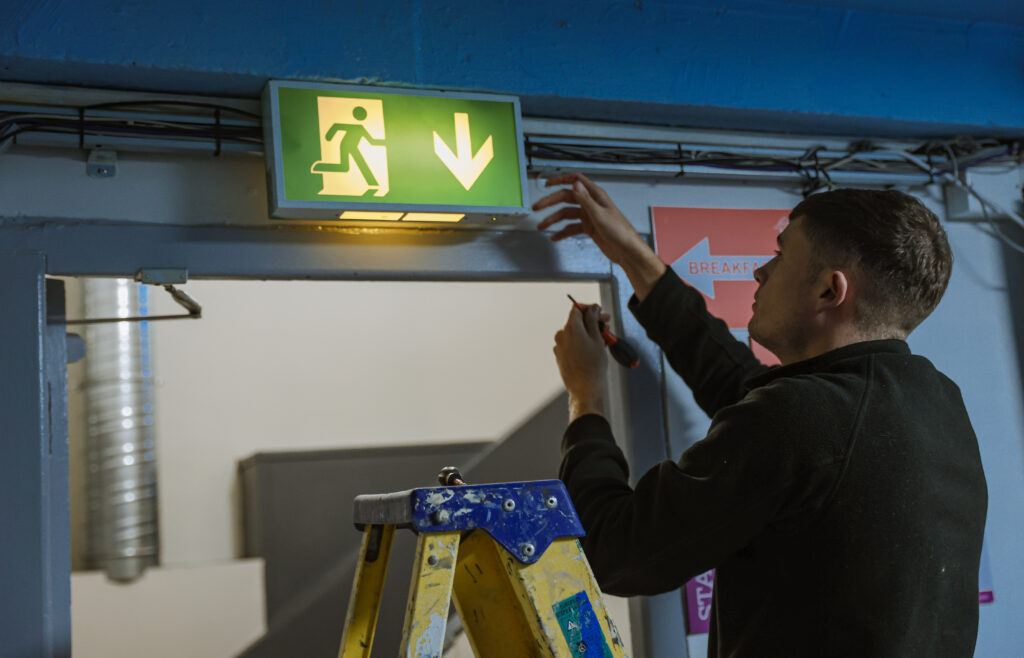
Escape the Fire: Building a Life-Saving Fire Escape Plan

In the event of a fire, every second counts. A well-practiced fire escape plan can significantly increase your chances of survival. This guide will walk you through the steps of creating a comprehensive fire escape plan for your home or workplace.

Identifying Escape Routes: Why Two is Better Than One
Every room in your home or workplace should have at least two escape routes. Relying on a single exit can be dangerous if that route is blocked by fire or smoke. Multiple escape routes provide alternative paths to safety, increasing the likelihood that everyone can evacuate safely.
Installation and Maintenance Tips:
- Assess All Possible Exits: Review the layout of each room. Doors and windows should be considered potential exits. Ensure they are easily accessible and not obstructed.
- Consider Obstacles: Be mindful of potential obstacles such as furniture, storage boxes, or locked doors. Keep pathways clear and ensure that all exit points can be opened quickly in an emergency.
- Practice Using All Exits: During fire drills, make sure everyone is familiar with all available exits, not just the main one.
Designating a Meeting Place: The Anchor Point for Safety
A designated meeting place outside the building is essential for accounting for everyone after an evacuation. It provides a safe location where individuals can gather, reducing confusion and helping emergency responders focus on their tasks.
Factors to Consider When Choosing a Meeting Place:
- Proximity: Choose a location that is a safe distance from the building but not so far that it becomes difficult to reach quickly.
- Visibility: The meeting place should be easily recognizable and accessible to everyone, including children and individuals with disabilities.
- Safety: Avoid areas that might be hazardous during a fire, such as near power lines or gas lines.


Practicing Your Plan: Regular Fire Drills Save Lives
Practicing your fire escape plan regularly ensures that everyone knows what to do in an emergency. Fire drills help identify potential issues with your plan and allow you to address them before they become critical.
Tips for Conducting Effective Fire Drills:
- Involve Everyone: Ensure that all household members or employees participate in the drill, including those with disabilities.
- Simulate Real Conditions: Conduct drills at different times of the day and under various conditions (e.g., lights off, blocked exits) to mimic real emergencies.
- Review and Improve: After each drill, discuss what went well and what could be improved. Make necessary adjustments to your escape plan.

Emergency Contacts: Your Lifeline in a Crisis
In an emergency, having quick access to important contact information is crucial. A well-prepared contact list ensures that you can reach family members, emergency services, and other critical contacts without delay.
How to Create and Share an Emergency Contact List:
- Compile Important Numbers: Include numbers for emergency services, family members, close friends, and relevant professionals (e.g., doctors, insurance agents).
- Keep It Accessible: Store the list in easily accessible locations, such as near telephones, in wallets, or as a contact group in your mobile phone.
- Share with Everyone: Ensure that all household members or employees know where to find the contact list and how to use it in an emergency.

Fire Safety Equipment: The First Line of Defence
Proper fire safety equipment is critical for detecting and combating fires before they spread. Every home and workplace should be equipped with smoke alarms, fire extinguishers, and fire blankets.
Installation and Maintenance Tips:
- Smoke Alarms: Install smoke alarms on every level of your home or workplace, especially near sleeping areas. Test them monthly and replace batteries at least once a year.
- Fire Extinguishers: Place fire extinguishers in key areas, such as the kitchen and near exits. Ensure that all household members or employees know how to use them.
- Fire Blankets: Store fire blankets in accessible locations, particularly in the kitchen. They are especially useful for smothering small fires.
Creating a Plan for People with Disabilities: Inclusivity in Safety
Fire escape plans must be inclusive, taking into account the needs of individuals with disabilities. This requires careful planning and the use of assistive devices where necessary.
Considerations for Inclusive Planning:
- Assistive Devices: Ensure that individuals with mobility challenges have access to assistive devices, such as wheelchairs, walkers, or canes, during an evacuation.
- Communication Strategies: Develop clear communication plans for those with hearing or vision impairments. Use visual or tactile alarms if necessary.
- Buddy System: Assign a “buddy” to assist individuals with disabilities during an evacuation, ensuring they have the support they need to exit safely.
Conclusion
Creating a comprehensive fire safety plan is an essential step in protecting your home or workplace. By identifying multiple escape routes, designating a meeting place, practicing your plan, maintaining emergency contacts, ensuring proper fire safety equipment, and accommodating individuals with disabilities, you can enhance safety and ensure preparedness in the event of a fire.
Remember, at Signature Fire Protection, we’re committed to making as many properties safe as possible and saving lives. Contact us today for expert advice and services to help you stay compliant and protect what matters most.
Latest post
Escape the Fire: Building a Life-Saving Fire Escape Plan
How Fire Safety Training Protects Your Business
Understanding Your Fire Extinguishers: A Guide to Class A, B, C, and D Fires
© 2024 All Rights Reserved. Powered by Digital Media Center Designed by John Cole Creative


